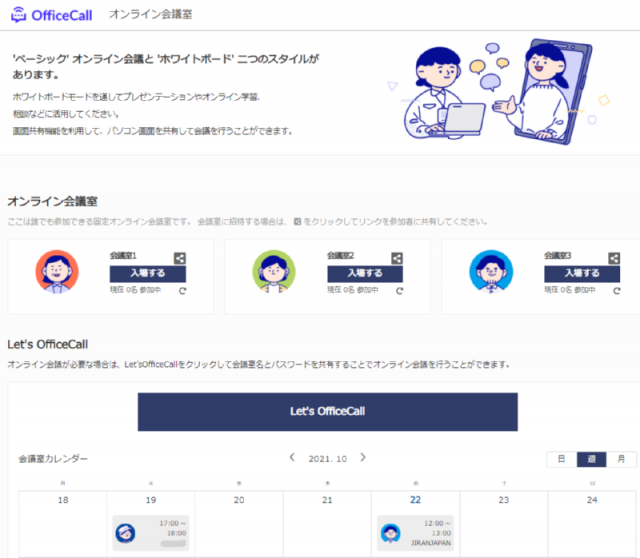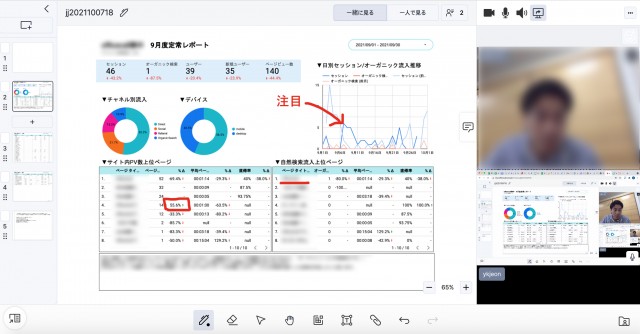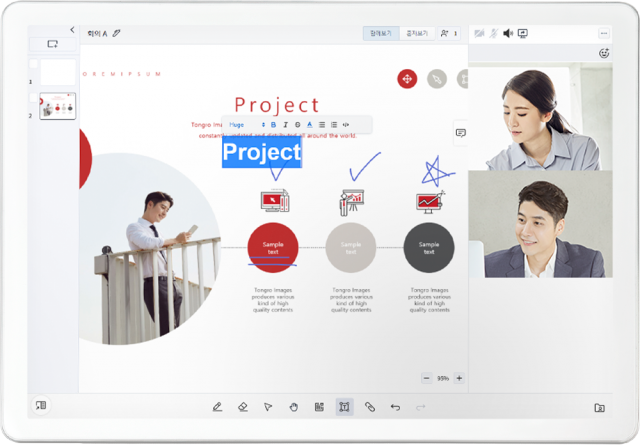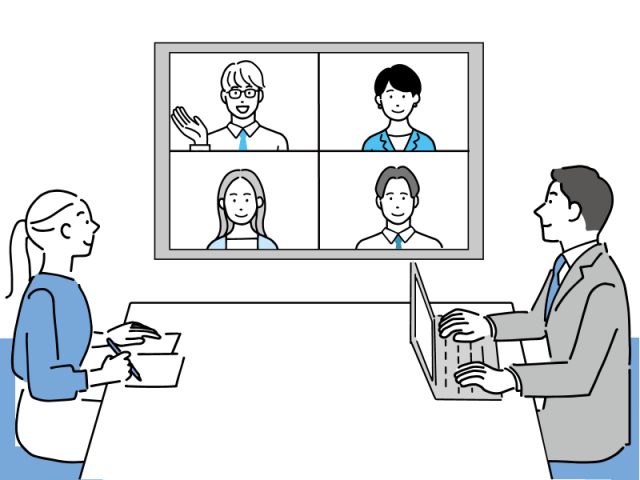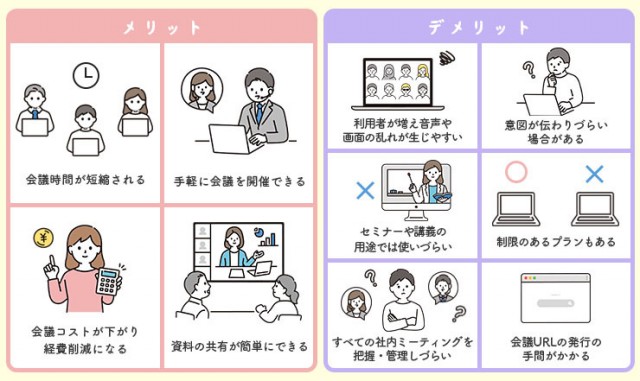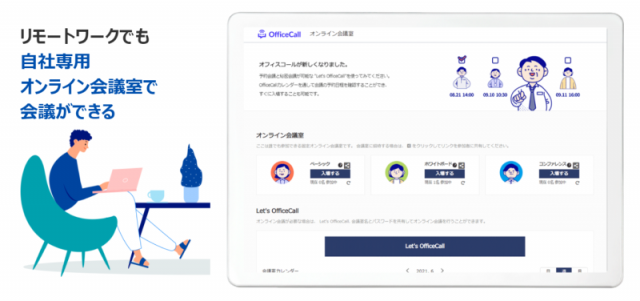Achieving Your Health Goals with Lean Bliss Keto
ページ情報
照会 750回
作成日: 24-01-11 13:03
본문
Introduction
In today's competitive business landscape, organizations are constantly searching for innovative strategies to optimize their operations and improve overall efficiency. One approach that has gained recognition and popularity is Lean Bliss. This article aims to shed light on the concept of Lean Bliss, its principles, and how it can be implemented within an organization.
What is Lean Bliss?
Lean Bliss is a methodology rooted in lean thinking, aimed at eliminating waste, maximizing value, and ensuring continuous improvement in business processes. It emphasizes the creation of a culture that emphasizes efficiency, collaboration, and customer satisfaction.
The Principles of Lean Bliss
1. Identify Value: The first principle of Lean Bliss involves identifying the core values and objectives of an organization. By understanding what is truly valuable to the customer, both internal and external, businesses can focus on delivering this value and eliminating non-value-added activities.
2. Value Stream Mapping: The second principle of Lean Bliss is to map the value stream. This involves visually representing the entire flow of activities required to deliver a product or service. By doing so, businesses can identify areas of waste, such as unnecessary movement, waiting times, or redundant processes.
3. Create Flow: Lean Bliss Supplement The third principle emphasizes the need to create a smooth and Lean Bliss uninterrupted flow of work. This requires rearranging processes, eliminating bottlenecks, and minimizing interruptions, ultimately leading to reduced lead times and enhanced overall efficiency.
4. Establish Pull: The fourth principle of Lean Bliss focuses on creating a pull system, where work is initiated based on demands rather than pushing products or services through the system. This reduces the inventory, saves time, and ensures customer satisfaction through timely delivery.
5. Pursue Perfection: The final principle of Lean Bliss stresses the importance of striving for continuous improvement. Organizations must foster a culture of ongoing learning and innovation, encouraging employees to share ideas and implement changes that enhance efficiency and Lean Bliss Diet value delivery.
Implementing Lean Bliss
Implementing Lean Bliss within an organization can be a challenging task, but it offers substantial benefits in the long run. Here are some steps to get started:
1. Leadership commitment: Top-level management needs to champion Lean Bliss and communicate its objectives and benefits to the entire organization. Leadership plays a crucial role in setting the tone and fostering a culture of continuous improvement.
2. Empower employees: Engage employees at all levels and empower them to identify and address waste within their respective areas. Involve employees in decision-making processes and encourage their active participation and feedback.
3. Value Stream Mapping: Begin by mapping the value streams within your organization to identify areas of waste and opportunities for improvement. Visual representation allows for better understanding and discussion among teams.
4. Kaizen events: Host regular Kaizen events, where teams come together to solve specific problems or improve processes. These events promote collaboration, creativity, and a sense of ownership among employees.
5. Continuous learning: Emphasize the importance of ongoing training and development for employees. Encourage them to seek out learning opportunities and provide the necessary resources to enhance their skills and knowledge.
Benefits of Lean Bliss
Implementing Lean Bliss can have numerous benefits for an organization, including:
1. Reduced waste: Lean Bliss targets waste in all its forms, ultimately resulting in cost savings and increased profitability.
2. Enhanced efficiency: By eliminating bottlenecks and rearranging processes, Lean Bliss enables organizations to operate more efficiently, leading to improved productivity and reduced lead times.
3. Increased customer satisfaction: Lean Bliss ensures that value is delivered to the customer efficiently and effectively, resulting in higher customer satisfaction and loyalty.
4. Improved employee morale: Involving employees in the improvement process and empowering them to make changes fosters a sense of ownership and engagement, leading to increased job satisfaction and morale.
Conclusion
In a world where efficiency is a critical competitive advantage, Lean Bliss offers a comprehensive approach to eliminate waste, streamline operations, and drive continuous improvement. By implementing Lean Bliss principles, organizations can achieve higher levels of efficiency, customer satisfaction, and employee engagement, ultimately paving the way to organizational success and 'bliss.'
In today's competitive business landscape, organizations are constantly searching for innovative strategies to optimize their operations and improve overall efficiency. One approach that has gained recognition and popularity is Lean Bliss. This article aims to shed light on the concept of Lean Bliss, its principles, and how it can be implemented within an organization.
What is Lean Bliss?
Lean Bliss is a methodology rooted in lean thinking, aimed at eliminating waste, maximizing value, and ensuring continuous improvement in business processes. It emphasizes the creation of a culture that emphasizes efficiency, collaboration, and customer satisfaction.
The Principles of Lean Bliss
1. Identify Value: The first principle of Lean Bliss involves identifying the core values and objectives of an organization. By understanding what is truly valuable to the customer, both internal and external, businesses can focus on delivering this value and eliminating non-value-added activities.
2. Value Stream Mapping: The second principle of Lean Bliss is to map the value stream. This involves visually representing the entire flow of activities required to deliver a product or service. By doing so, businesses can identify areas of waste, such as unnecessary movement, waiting times, or redundant processes.
3. Create Flow: Lean Bliss Supplement The third principle emphasizes the need to create a smooth and Lean Bliss uninterrupted flow of work. This requires rearranging processes, eliminating bottlenecks, and minimizing interruptions, ultimately leading to reduced lead times and enhanced overall efficiency.
4. Establish Pull: The fourth principle of Lean Bliss focuses on creating a pull system, where work is initiated based on demands rather than pushing products or services through the system. This reduces the inventory, saves time, and ensures customer satisfaction through timely delivery.
5. Pursue Perfection: The final principle of Lean Bliss stresses the importance of striving for continuous improvement. Organizations must foster a culture of ongoing learning and innovation, encouraging employees to share ideas and implement changes that enhance efficiency and Lean Bliss Diet value delivery.
Implementing Lean Bliss
Implementing Lean Bliss within an organization can be a challenging task, but it offers substantial benefits in the long run. Here are some steps to get started:
1. Leadership commitment: Top-level management needs to champion Lean Bliss and communicate its objectives and benefits to the entire organization. Leadership plays a crucial role in setting the tone and fostering a culture of continuous improvement.
2. Empower employees: Engage employees at all levels and empower them to identify and address waste within their respective areas. Involve employees in decision-making processes and encourage their active participation and feedback.
3. Value Stream Mapping: Begin by mapping the value streams within your organization to identify areas of waste and opportunities for improvement. Visual representation allows for better understanding and discussion among teams.
4. Kaizen events: Host regular Kaizen events, where teams come together to solve specific problems or improve processes. These events promote collaboration, creativity, and a sense of ownership among employees.
5. Continuous learning: Emphasize the importance of ongoing training and development for employees. Encourage them to seek out learning opportunities and provide the necessary resources to enhance their skills and knowledge.
Benefits of Lean Bliss
Implementing Lean Bliss can have numerous benefits for an organization, including:
1. Reduced waste: Lean Bliss targets waste in all its forms, ultimately resulting in cost savings and increased profitability.
2. Enhanced efficiency: By eliminating bottlenecks and rearranging processes, Lean Bliss enables organizations to operate more efficiently, leading to improved productivity and reduced lead times.
3. Increased customer satisfaction: Lean Bliss ensures that value is delivered to the customer efficiently and effectively, resulting in higher customer satisfaction and loyalty.
4. Improved employee morale: Involving employees in the improvement process and empowering them to make changes fosters a sense of ownership and engagement, leading to increased job satisfaction and morale.
Conclusion
In a world where efficiency is a critical competitive advantage, Lean Bliss offers a comprehensive approach to eliminate waste, streamline operations, and drive continuous improvement. By implementing Lean Bliss principles, organizations can achieve higher levels of efficiency, customer satisfaction, and employee engagement, ultimately paving the way to organizational success and 'bliss.'
